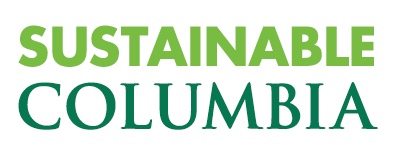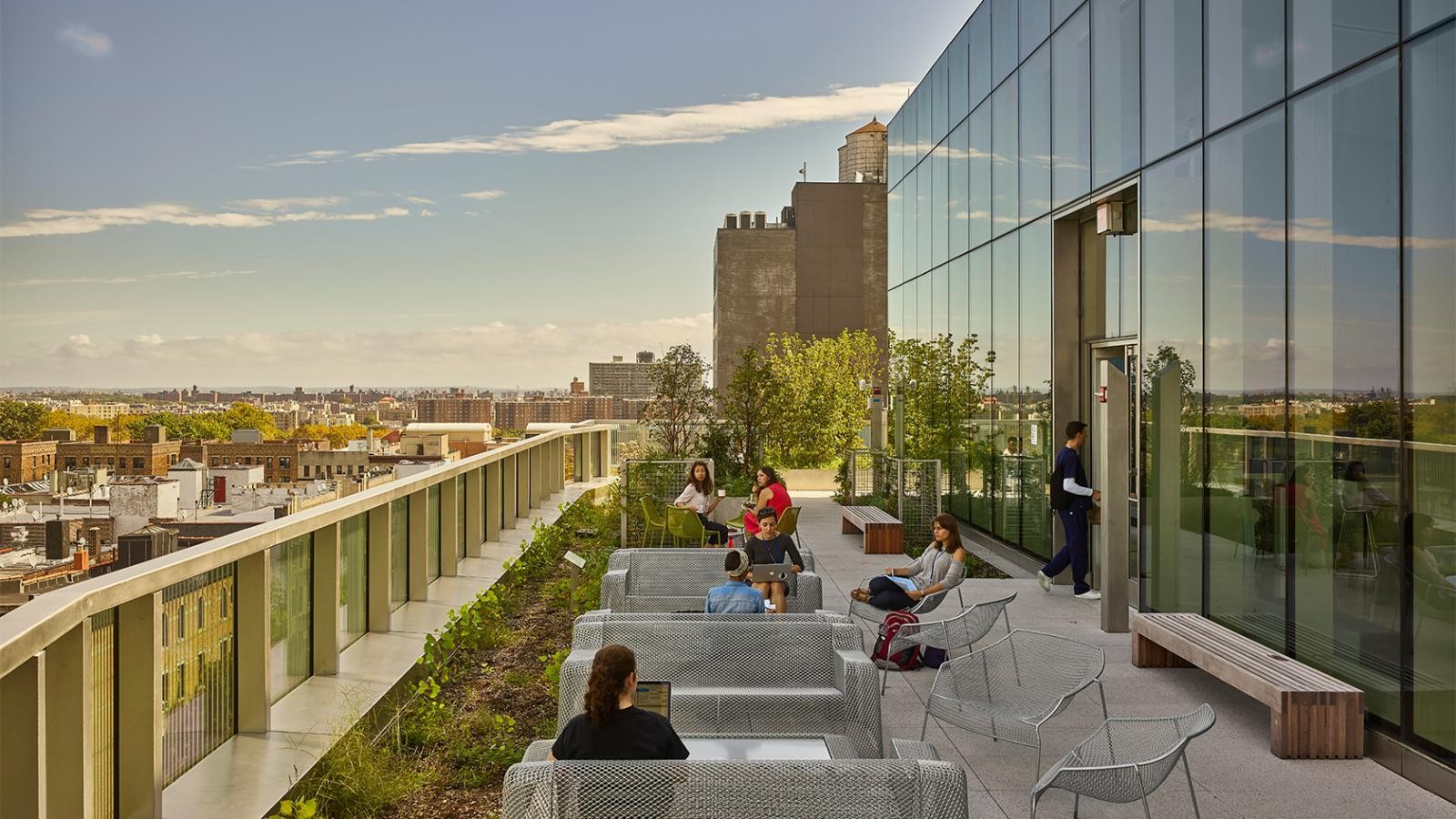Last year, CUIMC conducted a deep energy audit of its entire energy infrastructure, including an analysis of the lighting system at the room, floor, and building levels. This audit has given CUIMC a clear understanding of the level of effort, cost, and energy savings associated with converting inefficient fluorescent fixtures to LED lighting.
Local Law 88 (LL88) of 2009—and its later expansions with Local Law 132 and 134, both of 2016—requires all non-residential buildings greater than 25,000 square feet and residential buildings with common areas greater than 25,000 square feet to upgrade their lighting to meet the current New York City Energy Conservation Code standards by 2025. Con Edison will phase out lighting incentives as of April 30, 2024, as no further incentives or rebates will be needed to encourage end-users to upgrade their lighting infrastructure.
LED bulbs are a smart choice for lighting as they use up to 75% less energy than fluorescent bulbs and can last up to 25 times longer. This means that they not only save on replacement costs, but also help to reduce the environmental impact of manufacturing and disposal. Additionally, LED lights offer highly controllable lighting, which allows for precise adjustments in brightness. This enhances the comfort and productivity of spaces and contributes to a healthier environment for students, faculty, and staff.
By switching to LED lighting, CUIMC is meeting these requirements, ensuring compliance with local regulations, and demonstrating a commitment to responsible environmental stewardship.
Statistics on Lighting Upgrades in 2023
- Total projects completed: 37
- Total Cost: $1,304,625
- Total Incentives received: $461,195
- Out of pocket cost: $843,430
- Total energy savings: 1,123,980 kilowatt hours (kWh)
- Total energy cost savings: $191,077
- Other cost savings such as maintenance: $236,036
- Total cost savings: $427,113
- The calculated payback from the energy saving investment is expected to be approximately 2 years.
- 352 metric tons of carbon emissions were avoided which is equivalent to 40,000 gallons of gasoline consumed or equivalent to the energy usage of 46 single-family homes in the U.S.
As of Spring 2024, Tower 1, 2, and 3 at 390 Fort Washington, 154 Haven Avenue, and 51 Audubon are 100% LED and are LL88 compliant.
Over the last five years (2019 – 2024), in converting fluorescent fixtures to LEDs with controls:
- CUIMC has invested $3.2 million
- CUIMC received $1.2 million as incentives or rebates from the utilities towards LED implementation.
- CUIMC has reduced energy consumption by 3,307,287 kWh and 1,379 metric tons of carbon emissions, which equals to:
- Energy use of 180 single-family homes in the U.S., or
- Removing 328 gasoline-powered vehicles from the streets, or
- Avoiding 155,150 gallons of gasoline consumed, or
- Carbon sequestration of 16.10 acres (about twice the area of Central Park in New York City) of U.S. forest in one year.

